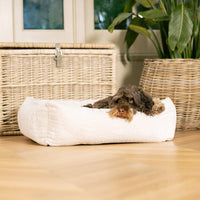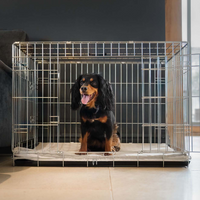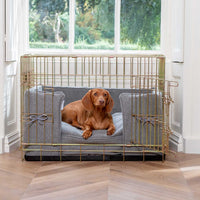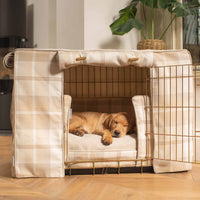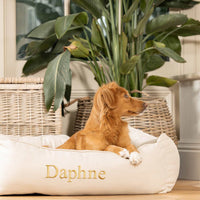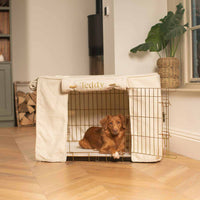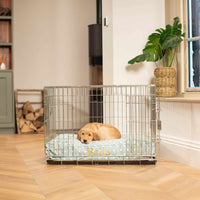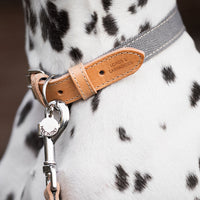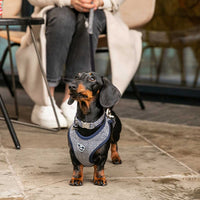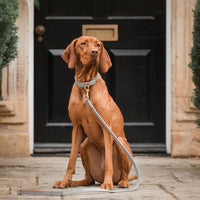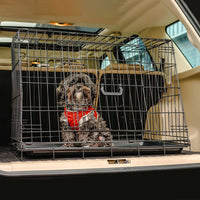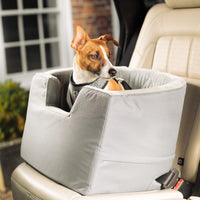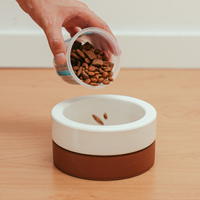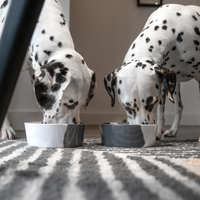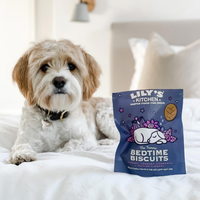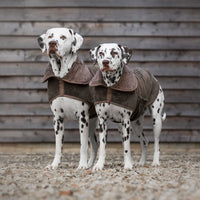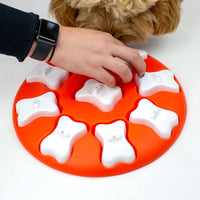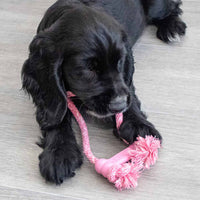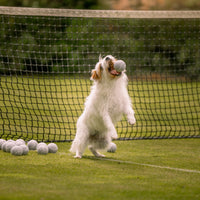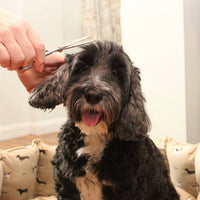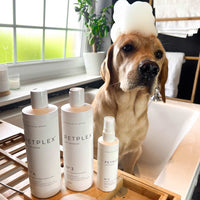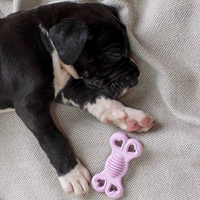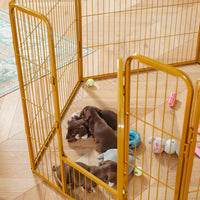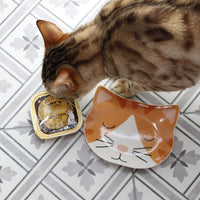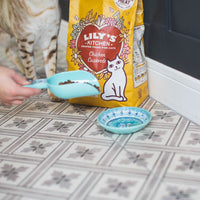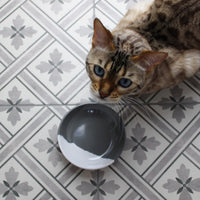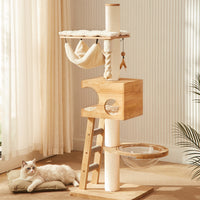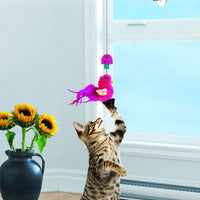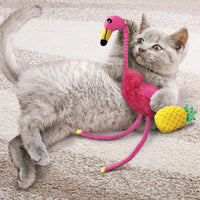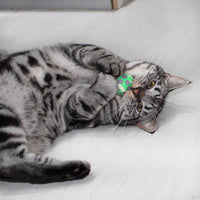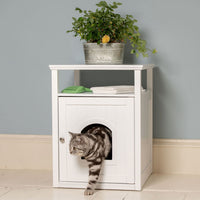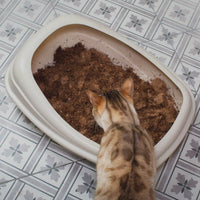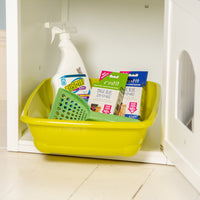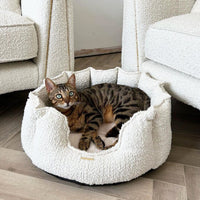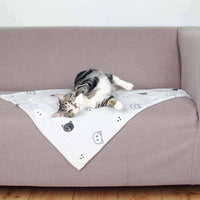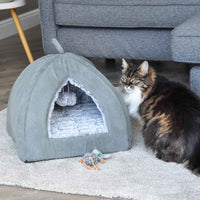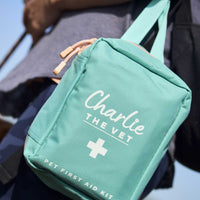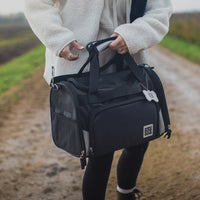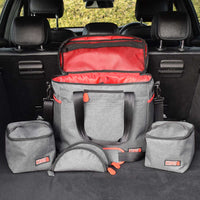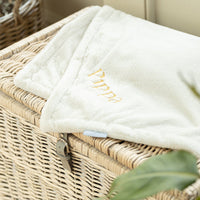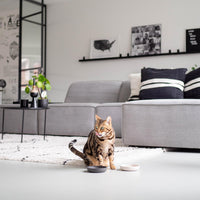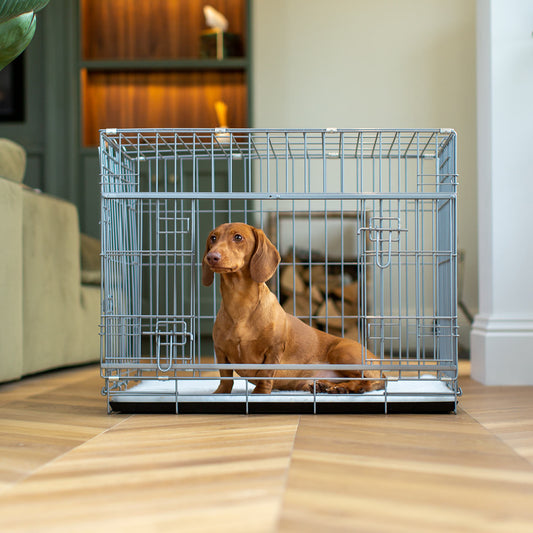You’re super excited to be getting a new puppy, but also slightly anxious to get everything just right… don’t worry, it’s only natural! Everyone goes through the same thing in the lead up to introducing their pup to their new forever home. If you haven’t bought everything you’re going to need, check out our The Top 10 Puppy Essentials, where we detail everything you’re going to need to help settle in your new puppy.
One of the main considerations is crate training your pup. Many people ask the question, “Do I need to crate train my puppy?” to which we advise yes! Crate training is a great way to help settle in nervous pups. It gives them a quiet place of their own; a comfortable and safe place to sleep at night. Used with a cover, it will help your puppy get into the night time routine quickly.
Read on for our guide on how to crate train your puppy…
What Size Crate Do I Need For My Puppy?
This will all depend on the breed of your puppy of course, but we do always suggest buying the crate in a size big enough for your pup to grow into as an adult. You can layout the crate slightly differently whilst they’re young and just swap out the bedding for a full size crate cushion as your puppy grows. If you’re unsure what crate size you might need, check our recommendations on our size calculator, or give us a call at +441790 720900.
How Do I Set Up A Crate For A New Puppy
You have a couple of choices here really, one with a divider and one without.
Option 1: Crate + Divider + Small Puppy Bed + Crate Bowls
You can use a divider to make the space inside smaller whilst your puppy is young and use a cosy puppy bed. You will need to ensure they are taken outside to toilet every couple of hours, even through the night in this case. As your pup grows, you can remove the divider and swap the puppy bed for a full size cushion. Make sure you add crate bowls with food and water for when they're closed inside.
Option 2: Crate + Puppy Bed + Puppy Pad + Crate Bowls
The second option, and the option we usually recommend, is to split the space into two halves with a piece of Vetbed or a cosy puppy bed in one side and a puppy pad in the other - no need for a divider. The puppy pad will allow you to close your puppy inside whilst ensuring any nighttime accidents don’t soil the bed. Some question whether this will encourage soiling in the crate, but it is really just for the first few weeks when your puppy can’t hold themselves at all. Dogs will naturally choose to toilet somewhere away from their den so they will soon learn to toilet outside as soon as they can hold themselves.
Optional Extras:
We'd also suggest providing a cover to give extra privacy. Our covers have doors which can be rolled up and down to help your pup learn when night time is and get them into a bedtime routine quickly.
You may also wish to add a bumper to the inside of the crate to fit around the puppy bed or vet bed… your puppy will love snuggling up in the corner with a cosy bumper.
How Should I Set Up the Crate Once my Puppy is Fully Toilet Trained?
So your puppy is settled, sleeping through the night and holding themselves long enough to no longer need puppy pads? It may be time to switch up your crate set. Once your puppy is toilet trained, you won’t need a puppy pad in the crate any longer and you may wish to upgrade their bed to more refined style that you’re likely to keep for longer. If you’ve used a bumper and/or cover you could choose the matching full size crate cushion to create a beautiful bed. All of our cushions have a waterproof liner and detachable, washable covers so if they do have the odd accident it isn’t the end of the world.
How To Crate Train A Puppy
1. Introduce Your Puppy To The Crate
When first introducing your puppy to the crate for the first time, keep the crate doors open. You want your puppy to form a positive association with the crate so take things at their pace, they may be hesitant to go in or stride right over to explore.
If they are slightly more hesitant either use some of their food or some treats and make a trail leading up to the crate and inside it. If they are still hesitant to go in don’t force them, just keep repeating this step until they calmly go in. You could also try putting one of their toys inside for them to help encourage them. Don’t rush this stage, it could take a few minutes or a few days but it’s so important to start building positive associations with the crate rather than rushing them
2. Feed Them Their Meals In The Crate
Once your puppy is comfortable in their crate, start putting their food bowl in their crate. For hesitant puppies put the bowl nearer the door and keep moving it further back as they become more confident with each meal.
Your puppy will then become more comfortable eating in their crate, once they’re happily in there start closing the door at meal times. Initially you’ll want to open the door immediately after they finish eating and then start building up how long you keep the door shut after meal time. If your puppy begins to cry, don’t open the door until they stop crying as you don’t want to teach them that crying will get them out. Once they are calm open the door and give them some reassurance.
3. Build Up Keeping The Door Closed
Slowly but surely you’ll want to build up the period of time that your puppy is in the crate for, start by being in the room and using commands such as ‘crate’ or ‘bed’ and praising them with treats every time they go in. Then start moving away from the crate and building up how long you’re away from them for. Eventually your puppy will be happy sleeping in their crate over night as well as for periods throughout the day.
If you have any more questions on crate training your puppy, why not chat to one of our pet experts? You can call them on (+44) 1790 720 900 or email them on sales@lordsandlabradors.co.uk


